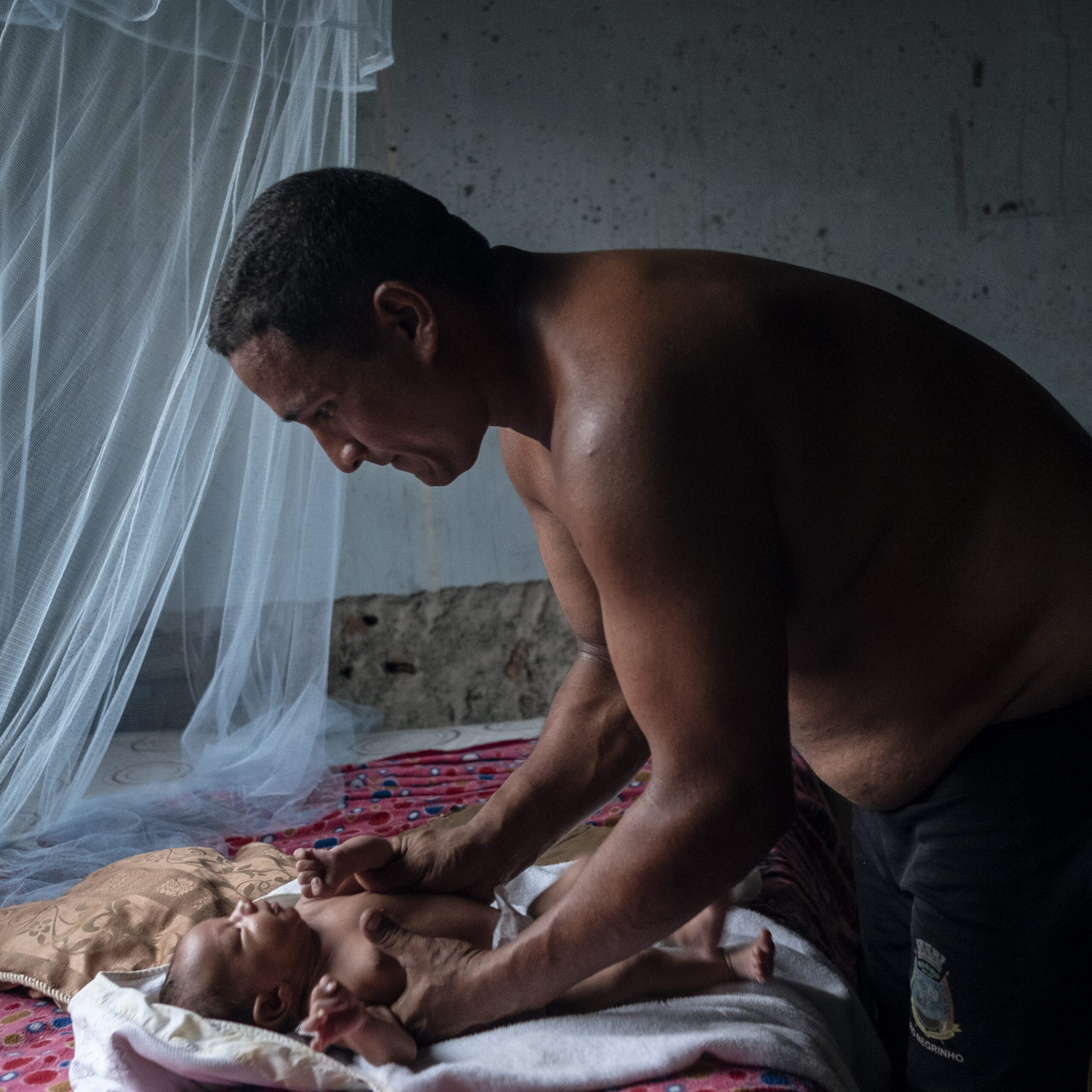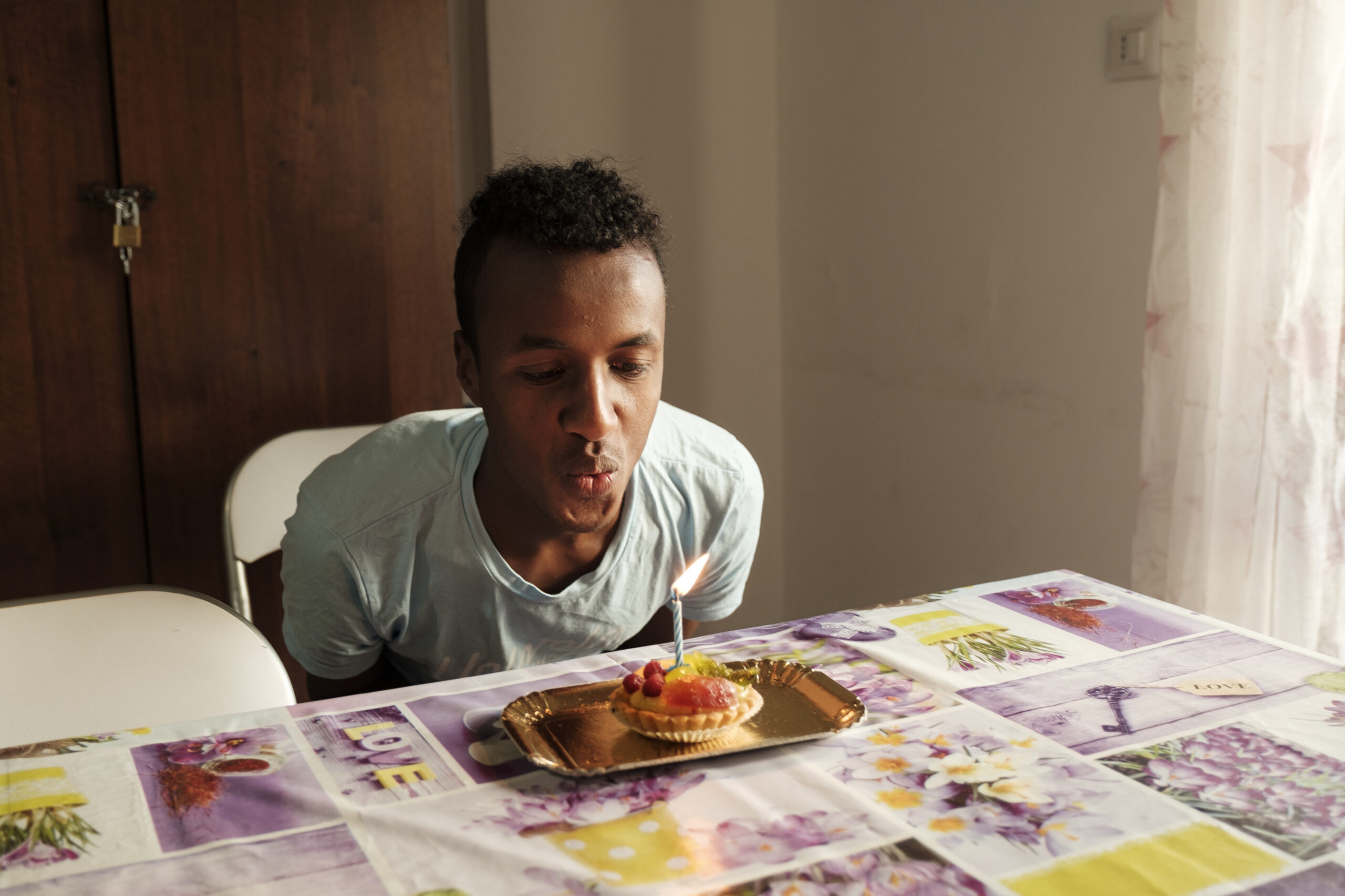Migration

In all the countries where it is present, AVSI has acquired a deep knowledge of the needs of migrants and refugees it meets and works with, developing specific interventions along the stages of the migration path, in the countries of origin, transit and destination and the eventual return home, in compliance with the Agenda 2030 and the SDGs and the Global Compacts for migration and on refugees.
1. The person and his / her dignity
While aware that migration is a historical phenomenon that needs to be understood and governed, AVSI works tirelessly to remind us all that what is at stake is not the given label or numbers of people involved, but the individual person whose dignity is irreducible.
2. The person and the community
To focus specifically on the person means to care for each individual in his/her entirety including relationships with the community: family of origin, community that receives him/her along the way, both in the countries of transit and at the final destination.
3. Paths that cross time and space
Migration flows that we are seeing today and in recent decades need to be considered for their duration as well as their geographical span, crossing borders.
The short-term, immediate humanitarian responses are an essential but incomplete part of the response.
4. Culture and communication
If the person is the central focus of any activity or project, this means that all his/her set of relationships and cultural heritage as well as traditions and/or religious affiliation are integral parts to be taken into account.
5. Desire and alternatives
The person who leaves home is motivated by the desire to be safe and secure, or to improve his/her life and the prospects for his/her family.
This desire is intrinsic to human nature, and as such it is hugely valuable since it generates dynamism and energizes us to change and embrace challenges in pursuit of something more. Furthermore, this innate desire reminds us to pay close attention to the need of creating alternatives to migration, in other words protecting the right to remain at home with conditions that allow people to live with dignity.
